Planning to trek to Everest Base Camp? Awesome! Here, you'll find our complete Everest Base Camp packing list. It offers detailed information on all the gear you'll need on your trek to the World’s most famous mountain base camp.
As the list is long, we recommend to bookmark this page for future reference. It can be used for all treks in Nepal, including other famous treks like the Annapurna Circuit and the Langtang Valley Trek.
Apart from providing details on the gear we use, we regularly receive and share great insights from readers and experienced Nepal trekkers on gear which keeps the list up-to-date.
This article contains affiliate links. If you buy something using our links, we might get some money. It won't cost you extra, but will help us keep the site alive!
Everest Base Camp Trek Packing List
Layering & Wicking
A key concept to understand when trekking to the Everest Base Camp is layering. Layering works by allowing moisture to pass from one layer to the next – this is called wicking. Each of the layers that you use should be made from wicking fabric. On the contrary, cotton is a hydrophilic material and traps moisture.
Weather & Seasons
Weather can change dramatically as you ascend or descend in altitude, and your ability to layer up or down is important. On long-distance treks to Everest Base Camp you will be going from 2,800 m in Lukla to 5,554 m at Kala Patthar. You will notice that day and night temperatures vary considerably from lower altitudes (<3,500m) to higher altitudes (>3,500m).
Seasonal variations are also a key consideration for your clothing layering. The peak seasons of March-May and September-November generally have good weather, but it can rain on the lower reaches of the trek (below the tree-line or below 3,500m), and it can snow at any elevation in the Khumbu region.
Temperatures during the first few days of the trek can be moderate to warm during the day, but by the time you get to Namche Bazaar you will feel a nip in the air and early mornings and nights can get really cold!
We highly recommend avoiding the monsoon season (June-August) and only recommend trekking in the cold winter months (December-February) if you are accustomed to cold multi-day treks.
Buying vs. Renting
If you are looking to travel light, you can plan on renting or buying some of the gear in Kathmandu or Namche Bazaar. But please remember that some of the cheaper local equipment is often not up to standard for the cold weather temperatures you will face on your trek.
Clothing
Base Layer
The best base layers sit tightly to the skin (reducing airflow) and consist of high-wicking material to allow moisture to escape.
Our recommended base layer clothing is manufactured by Smartwool or Icebreaker – as they make market-leading lightweight, merino wool products at a good price.
We recommend getting 2 x tops and 1 x bottom base layer.
Check Latest Prices
Trekking Shirts
In terms of your general trekking clothes, we recommend bringing 4-6 trekking shirts (short and long sleeve) to wear on most trekking days. These lightweight, breathable shirts from Merino 365 are good or any shirts from No products found. and Smartwool.
Note: make sure the shirts are made from high-wicking material like merino wool as you will need them for many days.
Check Latest Prices
Trekking Trousers and Shorts
Breathable Underwear
To trek 4-7 hours a day, you need comfortable and breathable underwear. To aid the wicking process we recommend bringing 4-6 pairs of breathable sports underwear: Under Armour or Adidas and for women – a few breathable panties and 2 sports bras.
Check Latest Prices
Fleece Jacket
The second layer, or insulation layer, sits over your base layer and is best made from fleece or micro-fleece material.
For your torso, we recommend a Columbia or Eddie Bauer. These jackets are great for trekking as they are light-weight and provide good warmth while allowing moisture release (or breathability). The 100s are lighter but not warm enough for the Everest Base Camp trek, whereas the 300s are a little too heavy! North Face TKA Glacier for men and for women make good fleeces.
Alternatively, we are also fans of sleeveless puff jackets or gilets. North Face Acancagua Puffed Vest, Nuptse and Campshire Sherpa Fleece Vest are excellent!
Check Latest Prices
Insulated Jacket
The third layer, or outer core layer, consists of a warm and waterproof jacket and trousers which you will use on the upper reaches of your Everest Base Camp trek.
In terms of jackets, we recommend the Columbia, Helly Hansen, Mountain Hardwear or equivalent winter down jacket. We like to think it is a lifetime investment as the jacket should last you years of active trekking. Other good winter jackets for EBC include the Arc'teryx Atom AR Hoody for women and for men.
Synthetic alternatives are fine but just make sure they have a good warmth to weight ratio. If you are strapped for cash you can find quite good winter jackets in KTM (admittedly most are fake but surprisingly well made).
Check Latest Prices
For your trousers you should look for warm, fleece-insulated trekking or ski trousers. Recommended brands include Arctix Women's Insulated Snow Pants and Arctix Men's Essential Snow Pants or Helly Hansen Women's Legendary Waterproof Insulated Ski Pants.
Hard Shell Jacket and Rain Gear
You can encounter rain on the lower reaches of the trek, particularly if you plan to trek on either side of the rainy season (June-September). You should bring a waterproof hard shell jacket, like the North Face Men's Resolve Jacket for men and for women, as well as pair of waterproof outer trousers, preferably made with gore-tex material.
If you want to get something cheap to throw over your waterproofs then a compact No products found. or rain poncho with a hood often come in handy.
Check Latest Prices
EBC Packing List
Headgear
Sun Protection Hat
A trekking hat that provides sun protection to your face and neck is a must. Make sure your hat is light and easily manipulated to fit into your day pack. You can go with a basic trekking hat or the one with a neck cover.
Check Latest Prices
Beanie or Head Band
It starts to get really cold in the late afternoon / early evening; particularly as you get closer to Everest Base Camp. A warm fleece beanie or fleece headband are absolute musts. North Face and Berghaus provide good beanies.
Check Latest Prices
Buff, Balaclava or Neckband
A neck warmer is a highly recommended piece of kit. Temperatures can get really cold and the air is usually very dry, which can result in the infamous Khumbu cough. A neck warmer, like these ones from DG Hill, helps keep your neck and face protected and prevents particulates entering your throat when you breath.
During the out-of-season winter months (Dec, Jan and Feb), we highly recommend bringing a balaclava or neckband. Here are some these winter balaclavas or or this one.
Packing for Everest Base Camp Trek
Handwear
Inner Gloves
Like base layer clothing, inner gloves act as your next to skin layer. We recommend light-weight, quick drying inner gloves made from fleece material. Pearl Izumi Thermal Lite Gloves are good and can be used as standalone gloves when the weather is moderately cold. Ozero and Under Armour also makes ok liner gloves.
Check Latest Prices
Outer Gloves
Your outer glove needs to be super warm, waterproof and very durable. You could go for Gore-Tex gloves from Dakine, MCTi, Outdoor Research or North Face. You may also want to take mitts, but we find the lack of dexterity a hindrance.
Check Latest Prices
EBC Trek Gear
Footwear
Having comfortable footwear will make your trek more enjoyable as no one wants to be plagued with blisters or foot pain. Make sure you properly break-in your boots before trekking the Everest Base Camp Trek. This means doing at least 2-3 long distance hikes (5-6 hours) in your new boots before arriving in Nepal. Below we highlight the 5 pieces of footwear equipment you should bring with you on your Everest Base Camp trek.
Hiking Boots
Your hiking boots are probably the most important item you can bring on your Everest Base Camp trek. The wrong size boots will result in painful blisters, lost nails and super sore feet.
Check Latest Prices
What Are the Key Characteristics To Look For In a Boot?
Make sure it is light-to-mid-weight (full leather boots tend to be too heavy, uppers of the boot can be made of leather or leather cordura), has high tops for ankle support, rubber soles with deep lugs for good traction, and a lacing system that incorporates d-rings or speed hooks for quick lacing and further ankle support.
How to Ensure Your Hiking Boots Fit Correctly?
Make sure your boots fit correctly. You can test fit by putting your foot in the boot without tying the shoelaces, slide your foot all the way forward until the toes are snug against the front of the boot. You should be able to put one finger down the back of the boot between your heel. If your finger has loads of room then the boot is too big, if you struggle to get your finger in comfortably the boot is too small – try another size!
What Boot Brands Are Best for Trekking in Nepal?
Reliable, but affordable brands include Salomon, Scarpa, Mishmi and Hi-Tec. For the best in class boots, see the Scarpa Kailash, Salomon X Ultra and Quest or anything from Meindl Ohio range for good value boots.
For women, Columbia Newton Ridge (heavy) and Newton Ridge+ (light) could be sufficient.
Trainers (Trekking shoes)
We recommend taking a basic pair of lightweight trainers that you can wear in the teahouses after a long day of trekking. Here are the best trail running shoes Saucony Peregrine ISO or basic trainers like Skechers and New Balance. There's also a great range of waterproof trainers by Loom.
To let your feet cool off and reduce any swelling trekking sandals with warm socks are great to wear in teahouses too. Consider Ecco® Yucatan or KEEN Whisper.
Check Latest Prices
Hiking Socks
You should take 4-6 x pairs of trekking socks. We recommend MIRMARU, Danish Endurance or any socks from Smartwool.
Merino wool socks are great as they allow the foot to breath and can thus be reused multiple times before they need a hand-wash.
Don't forget to bring 1 pair of warm thermal socks for the cold trekking days near base camp also.
Don't get cotton socks as they absorb water and will only lead to nasty blisters.
Check Latest Prices
Gaiters
Gaiters are made from a waterproof material and extend up from your boot to your calve. They are used to prevent water, mud, dust and small stones from getting into your boot. There are many different types of gaiters on the market but all seem to do the same thing, so we have no preference.
Here are some Pike Trail Leg Gaiters you can check out – go for a mid-range pair.
Check Latest Prices
Everest Trek Packing List
Duffel Bag and Backpack
Duffel Bag
If you are joining a guided tour with porters who will be carrying the lion's share of your gear then you should bring with you a 80-90L duffle bag.
The best bags are made of waterproof laminate material, have strong and sturdy zippers and easy to access hand and shoulder straps.
The North Face Base Camp is our recommended option for EBC as it is super strong and very affordable/
Backpack
If you are trekking independently or without a porter then you will want to take a 45-65L backpack. A top opening mountaineer's rucksack style is best, like Osprey Atmos 65 (best on the market) and Teton Sports (best value).
Check Latest Prices
Daypack
If a porter or yak is carrying your duffel or backpack then you will want to have a light-weight daypack to carry essentials – like snacks, suncream, your camera, personal items (i.e. passport, money) and hat.
Ideal daypacks have compression straps to reduce weight stress on your back and side pockets for easy access to your water bottles.
The Osprey Talon 22 is our preferred unisex daypack. 22-litre is perfect (see our Osprey Talon 22 review).
Make sure to bring a rain cover for your backpack and / or daypack. If you decide to use an Osprey then make sure you get an Osprey Ultralight Raincover with it and that the size is right.
Check Latest Prices
EBC Equipment
Sleeping Accessories
Sleeping Bag
A warm sleeping bag is an absolute must – it can get extremely cold at night. We recommend a duck / goose down sleeping bags, but if you are stretched for cash then a synthetic bag will do. Just make sure that it is a four season bag and has a rating of at least -10C (15F).
Ideally your sleeping bag should have a mummy-shape with an insulated hood and draw chord to the contours of your body. A two-way zipper for better insulation is also great.
You can consider Outdoor Vitals Summit, Hyke & Byke Eolus (or Quandary), Klymit KSB or more established brands like Marmot Trestles and Mountain Hardwear Unisex Bishop Pass.
Check Latest Prices
Renting a Sleeping Bag? Get a Sleeping Bag Liner or Pad
If you're planning on renting a sleeping bag for your Everest Base Camp trek then we always recommend purchasing a sleeping bag liner. Liners are placed inside the sleeping bags to add additional insulation and improve cleanliness. Make sure to get a liner that fits your sleeping bag contours, such as a mummy-shaped liner.
And if you are not doing a teahouse trek and will be camping then a lightweight sleeping pad is worth bringing along.
Everest Trek Packing List
Important Accessories
Trekking Poles
Good trekking poles reduce the impact on your knees and other leg joints by up to 20%. This is particularly beneficial when descending as the load on your joints increases exponentially.
You'd need adjustable light-weight trekking poles (around 350 grams per pair) that are easy to store, durable and versatile. For great value, check out the Cascade Mountain Tech Trekking Poles.
Alternatively, if you have more budget, our favourite is the Black Diamond Alpine Carbon Cork or Leki Micro Vario.
Sunglasses
The UV intensity in the Himalayas is relatively high due to the altitude and snow glare. Please ensure you bring a good pair of 100% UV protection sunglasses (minimum of 80% light reduction).
We recommend mountain sunglasses from Oakley or Julbo Montebianco Mountain are pretty cool!
Water Bottle or Hydration Bladder
Dehydration is a common problem at high altitude. You should plan to drink between 2-3 litres of water a day.
You can either carry your water in a standard water bottle – we recommend getting 2 x CamelBak Eddy 1L – or if your daypack includes space for a hydration bladder (the Osprey Talons do) then the 3L Platypus Big Zip Water Reservoir is a great one.
Headlamps
You will not be trekking at night, but might need a headlamp for the early morning trek to Kala Patthar. Also many of the lodges are poorly lit. Your headlamp can be used to go to the toilet at night or if you want to read after dark. PETZL ACTIK CORE (premium) or No products found. (budget) both come from a leading headlamp brand. Make sure to bring spare batteries. See our review of the best headlamps for hiking.
Everest Base Camp Packing List
Personal Gear and Medications
Trekking towel - a small to medium sized trekking towel is useful for drying off after a quick clean.
Pee funnel (optional) is ideal for women who need to answer the call of nature at night when its sub zero outside.
Small locks to secure your duffle bag or rucksack.
Waterproof ziplock bags to safely store important / valuable items like your passport, money and electrical equipment.
Camera – There is no way to explain how striking the scenery in Nepal and the Himalayas is. You will want to capture your trekking experience in high definition so if you don’t have a decent camera now is the time to invest. Remember, you want to make sure your camera is light but still able to capture high quality images. In terms of a video camera we are huge fans of the GoPro Hero. The Silver edition is ideal for trekking activities.
Book / Kindle – There is a lot of down time on the EBC trek. You will want reading material.
Playing cards to keep you and fellow trekkers entertained in the evenings.
Notebook / Journal and Pen to chronicle your trekking experience.
Portable battery charger – if you plan to use electronic devices like your mobile phone, an eReader or camera / GoPro, then you will want to be sure that you can recharge these devices. Most teahouses have charging facilities but you will have to pay and they are sometimes unreliable.
No products found. to treat your water in Nepal. Please don’t buy bottle water as this just adds to the waste problem associated with the Nepal trekking industry. Make sure to add the correct number of tablets based on the volume of water in your bottle. 100 tablets for the duration of the trek should be more than enough. Alternatively you can use a UV water purifier to last you a lifetime of adventure.
Isotonic powder is great to add to your drink and aids in replacing electrolytes, improving energy levels, and water absorption.
Diamox is a high altitude medication that can be used as a prophylactic (preventative) solution to acute mountain sickness (AMS) or altitude sickness. It doesn't cure AMS and should never be used as a substitute for descent (which is the only real solution to AMS). It can however help prevent the onset of AMS and is commonly used by high altitude trekkers. Please seek proper medical advice before taking Diamox.
General medications – We recommend taking paracetamol for headaches (which are a common altitude sickness symptom) and Imodium for diarrhoea (another common problem as food preparation areas can be a little unhygienic).
Basic First Aid Kit – your guide will most likely be carrying a first aid kit but there is nothing wrong with being extra prepared. If you are trekking independently then first aid kit is a must.
Sweat-resistant suncream and No products found.– 1 x suncream (SPF 30) and 1 x lip balm.
Baby wipes – 1 x baby wipes for easy and quick wet washes
Toiletries – All your basic toiletries, including toothbrush and tooth paste (remember to use purified water as bacteria enters cracked gums easily), 2 x rolls of toilet paper (this can be bought on the trail but the quality is often poor), etc.
No products found. with pain relief.
Oximeter (optional) is an entirely optional device but can be quite useful in testing your Sp02 level, which indicates the degree to which the altitude is affecting your body and how you are acclimatising.
Hand sanitizer – Good for quickly disinfecting your hands before and after eating, or when they get dirty on the trail.
FAQ
If you feel anything is missing from our Everest Base Camp packing list, we would love to hear your suggestions. Of course, if you have any questions or queries about this Everest Base Camp Packing List then just leave a comment below and we will respond within 24 hours.
Tags: Everest Base Camp Packing List, Everest Base Camp Equipment List, Packing List For EBC, Nepal Packing List, Nepal Trekking Packing List, Packing List for Nepal
For more packing lists see our hiking resources page or choose from one of our popular gear lists below:
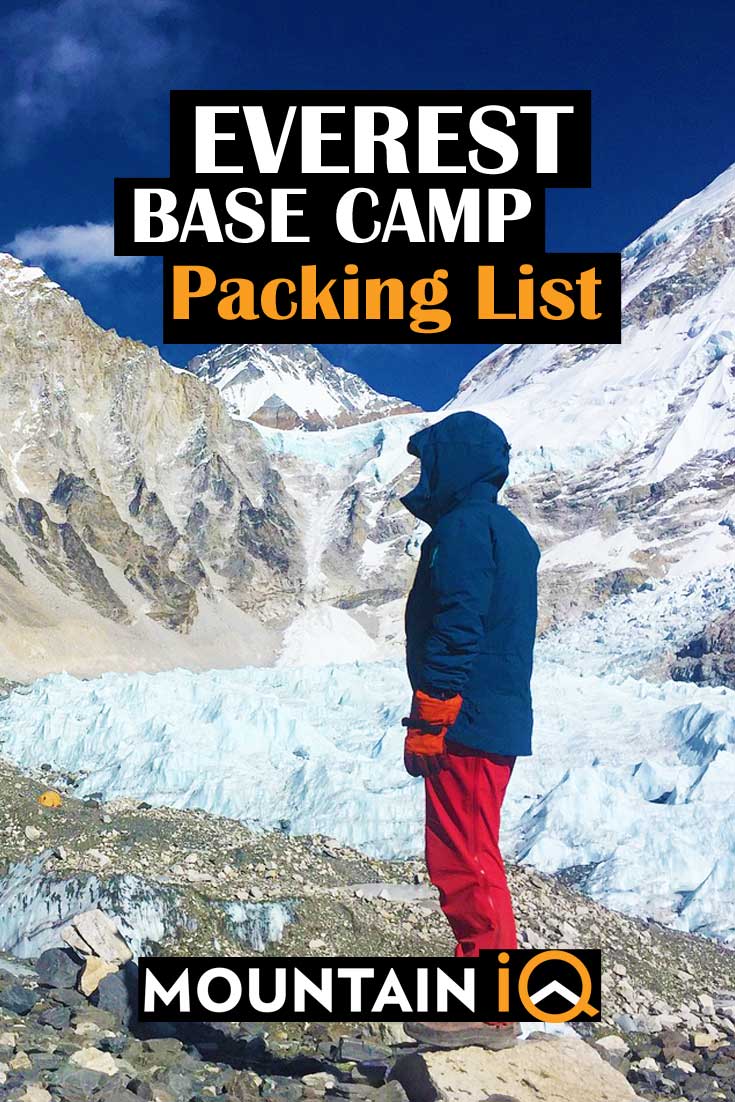

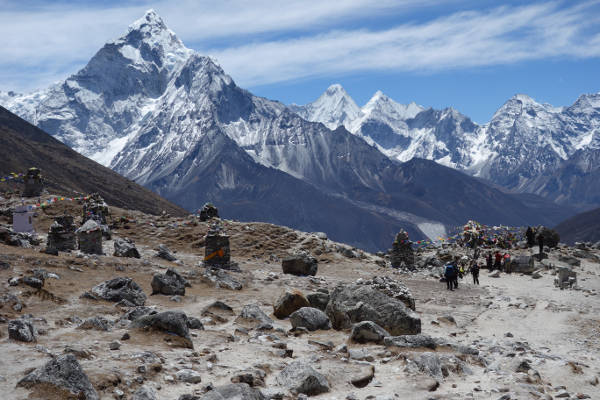

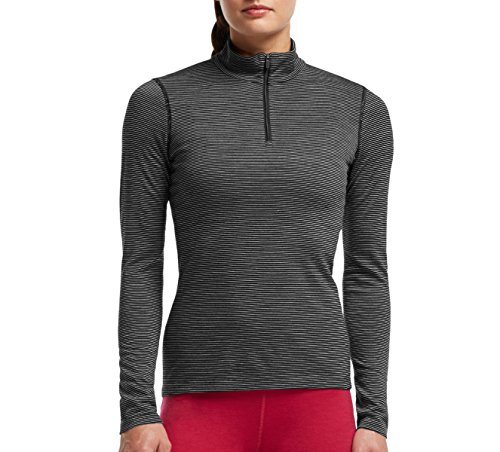

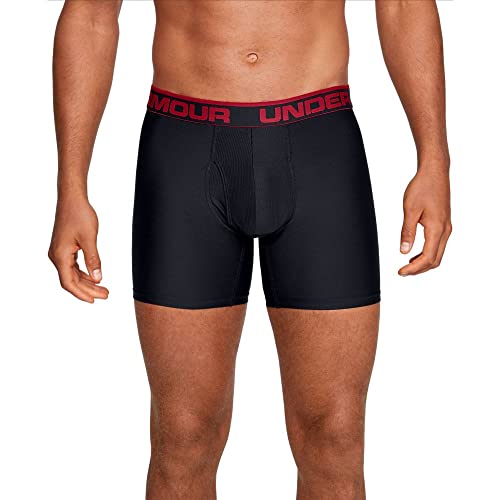
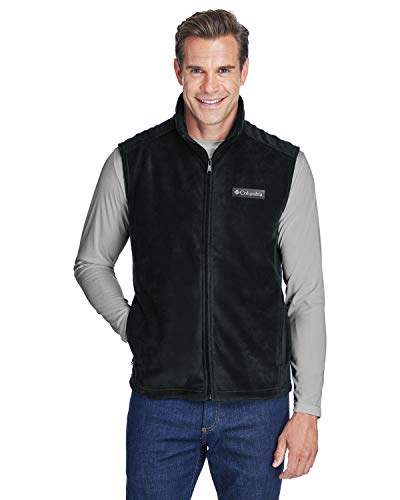


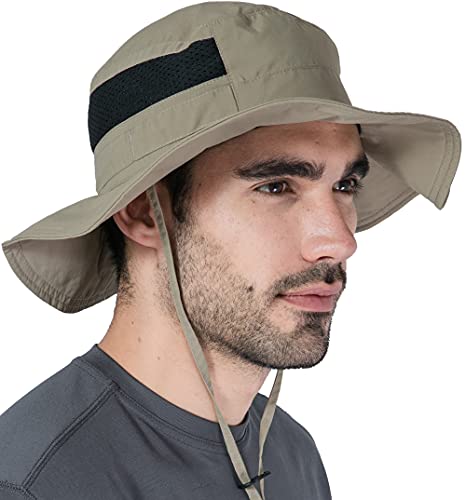





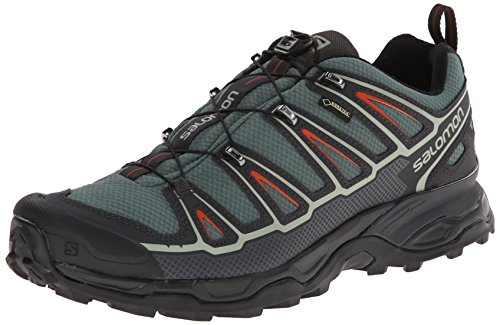










This was so so helpful so I just wanted to say thank you!
Thanks for your kind comment, glad we could help with your EBC packing list!
My friend and I are heading out in May. Thanks for all the recommendations! I have been told taking an Aspirin a day for a month prior to the trek is helpful…any advice?
Hi Kayla, Thanks for getting touch! I’m not aware of any proven studies that show that taking Aspirin prior to the trek helps. For good advice on acclimatisation see: https://www.mountainiq.com/resources/altitude-sickness/
how was it?
No, it is not advisable to continuously take aspirin for a period of a month, since it blood thinner. Any injury during the trek will problematic since blood doesn’t clot immediately. Rather than u can opt weekly twice and before leaving to kathmandu u can take entire week if u want. Thread mill with inclination of 10- 12 is most advisable
I want to do a 2020 base camp trek. Who do you recommend as a guide service and what other costs should I consider on top of flights and guide.
You can get a quote from our recommended partner here: https://www.mountainiq.com/guides/trekking-in-nepal/routes/everest-base-camp-trek/
I just wanna thank u for this to the point list….. thanks for the info.
no
If I employ a porter, do I have to provide him with a rucksack, or can I simply give him the stuff in a duffel bag and he sorts out his own carrying arrangements.
Generally porters will carry their own gear in a small pack. Some won’t even carry gear. In short they will sort out their own arrangements.
thanks so much , this helped me alot for my everest homework
cheers
I was really looking for someone who can guide me about things to carry for EBC. I got this as a real guide. I hope this will make my trekking to EBC in October 2018 very comfortable.
Thanks
Thank you!! The info is so helpful
I was planning on heading the EBC for my 40th on June 15th. Just how bad could I expect the rain to be around then.
Hi Christian, it can be pretty bad during the monsoon season, but you might get away with it in early June.
Hi,
I am doing the EBC starting April 18.
Is the base layer required while Trekking or only for layering during the evening post the trek for the day ?
Hi Shalil, it’s unlikely you will need to use the base layer on the first week of trekking, but as you get higher the temperatures at night and in the early morning get cold, so a base layer is a nice to have. Day time temperatures above 4,000m can also be frigid so again a base layer is a good piece of kit to have.
So helpful and informative reading through this packing list. I am trekking EBC November 2019, a bit confused on the layering system as in, on top of my base layer will I need mid layer plus an insulation layer (say the polartec 200 fleece) as well as a down jacket? and then will I also need a waterproof to go on top of all this?
Hi Julie, yes, on a very cold day you will have a base layer, followed by a trekking shirt, fleece and winter jacket. If it is raining then you will need to have a hard shell waterproof jacket.
Hi, I’ll be doing an EBC trek with a guide and porters the first two weeks in March next year. What kind of weather/conditions can I expect? Any special considerations going early in the season?
Hi Steve, the weather from March through May tends to be very consistent and similar. In terms of gear there is no additional items I would recommend that aren’t on this list. Here is a brief overview on the weather you can expect: https://www.mountainiq.com/best-time-to-trek-to-everest-base-camp/